Jesus was 185cm tall; a magic scroll the same height to ward off disaster; German C17th
£0.00
Out of stock
German manuscript on paper (“mounted on silk”), second half of the 17th century. A magical protective scroll serving as a talisman. The exact length of Jesus Christ.
Approximately 185.2 cm x 6.8 cm (!)
Sacred measurements or holy lengths (true length) were prevalent in popular belief. This notion was rooted in the widespread idea that one could represent a healing figure or venerated object through precise measurements. Possessing a strip of paper or fabric that matched the dimensions of a specific person or object was thought to confer its healing powers.
Particular protective and healing effects were attributed to the measurements of the original body length of Jesus Christ.
These lengths were worn as amulets, finding special use during childbirth, where they would be placed on the chest or bed of women in labour.
They are protective letters that trace their origins to antiquity, and in their Christian form, to the Middle Ages, when they were discovered as so-called heavenly letters, either on the altar of St. Peter’s Basilica in Rome or at the tomb of Christ in Jerusalem.
Gregory of Tours mentioned sacred measurements as early as the 6th century. The following is a paraphrased translation of a part of the content from this manuscript roll:
“And whoever carries the length of our Lord with them, or has it in their home, shall be safeguarded from all their enemies, whether visible or invisible, and no evil shall harm them. And if a pregnant woman prays in full confidence of God’s assistance to the Almighty Father in her condition, she will rejoice in a fortunate delivery. And in the house where the length of Jesus Christ resides, nothing evil can remain, and no thunderstorm shall cause it harm; it shall also be protected from fire and water. Furthermore, the text states that one should be safeguarded from sorcerers and sorceresses, from storms and hail, etc….”
According to historian Emanuele Lugli, the subdivisions of Jesus’s body, referred to as mensura Christi or longitudo Christi, were not simply curiosities aimed at determining Jesus’s height during his earthly life.
While the mensura Christi had practical applications—reportedly offering protection from fire, water, the devil, and storms—it also embodied a worldview that evolved during the Scientific Revolution and the Enlightenment. In this perspective, measurement stood in strong opposition to evil, as it provided concrete form and structure to the world, whereas the devil represented an agent of immaterial chaos.
Only a very few magical manuscripts of this kind have survived, as the Church opposed all forms of grimoires, or magic books. This is an extraordinary specimen in very good condition (only a few minor old repairs visible),
Of the greatest rarity.
References:
-Adolf Jacoby: Heilige Längenmaße. Eine Untersuchung zur Geschichte der Amulette. In: Schweizerisches Archiv für Volkskunde 29, 1929, S. 181–216
-Ellen Ettlinger: The Hildburgh Collection of Austrian and Bavarian Amulets in the Wellcome Historical Medical Museum. Folklore 76, 2, 1965, S. 104–117
-Lenz Kriss-Rettenbeck: Bilder und Zeichen religiösen Volksglaubens. Callwey, München 1963
-Dominik Wunderlin: Mittel zum Heil. Religiöse Segens- und Schutzzeichen in der Sammlung Dr. Edmund Müller (= Kostbarkeiten aus dem Dolderhaus in Beromünster Heft 7).
Beromünster 2005
-Anna Boroffka: Die “Länge Christi” in der Malerei. Codifizierung von Authentizität im intermedialen Diskurs (= Vestigia Bibliae 35/36). Peter Lang, Bern 2017.
-Areford, David S. “A Measure of Christ: The Form and Meaning of Fourteenth and Fifteenth Century Images of the Side Wound,” M.A. Thesis, Florida State University, 1995.
-Areford, David S. “The Passion Measured: A Late-Medieval Diagram of the Body of Christ,” in The Broken Body: Passion Devotion in Late-Medieval Culture, eds. by A. A. MacDonald, H. N. B. Ridderbos, and R. M. Schlusemann, Groningen, 1998, pp. 211-38.
Be the first to review “Jesus was 185cm tall; a magic scroll the same height to ward off disaster; German C17th” Cancel reply
Product Enquiry
Related products
C12th - C13th manuscripts
C12th - C13th manuscripts
Huge C12th bifolium of St Augustine’s Tractate 94 on St. John’s gospel.
C14th -C16th manuscripts
Illuminations

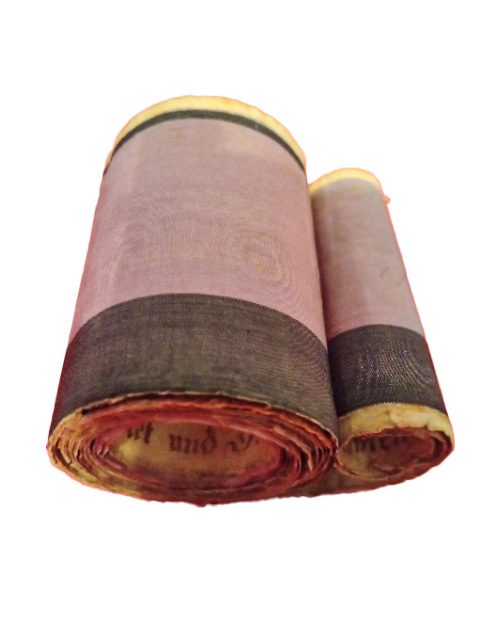
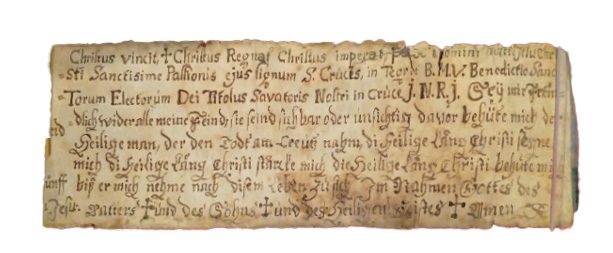
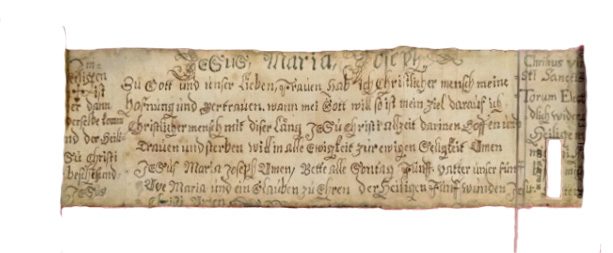
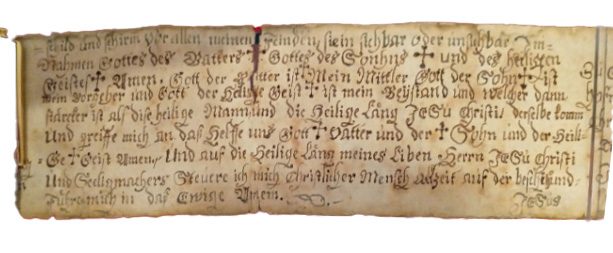
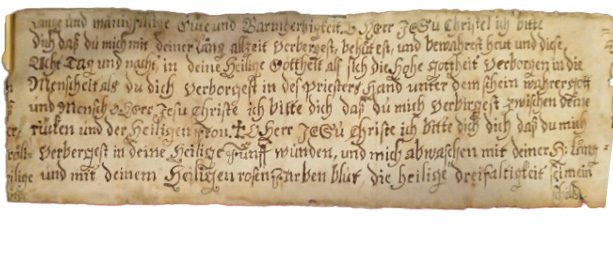
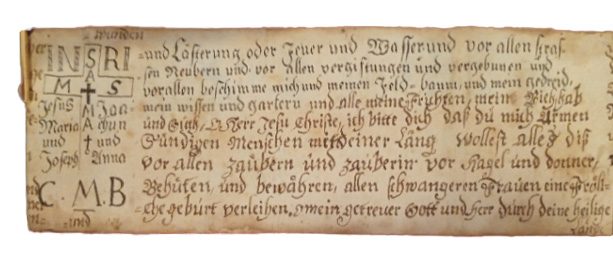
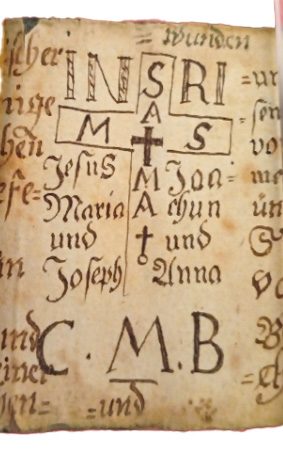
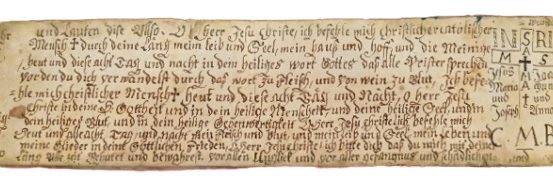
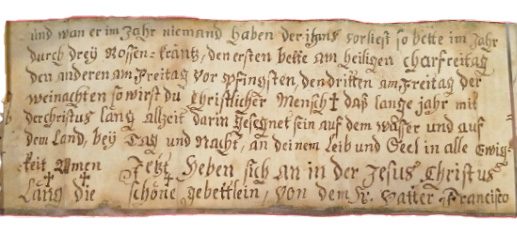
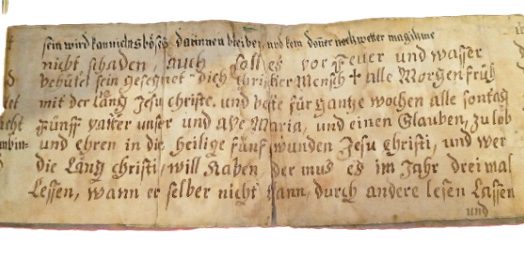
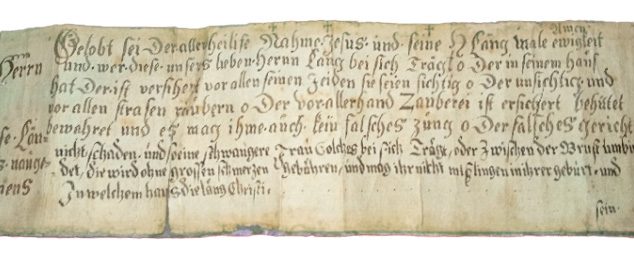

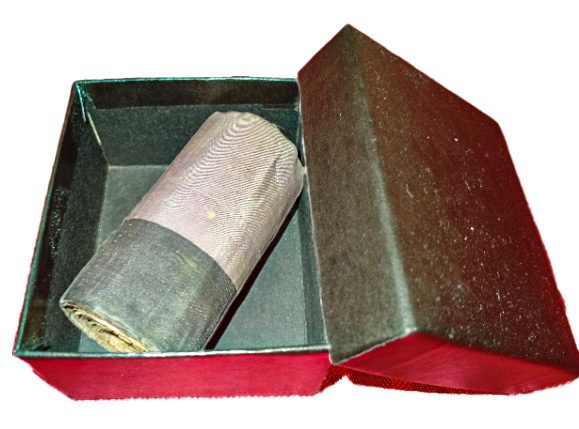
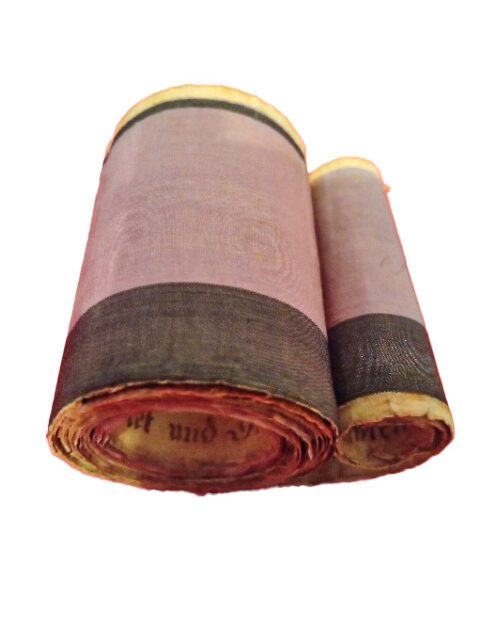
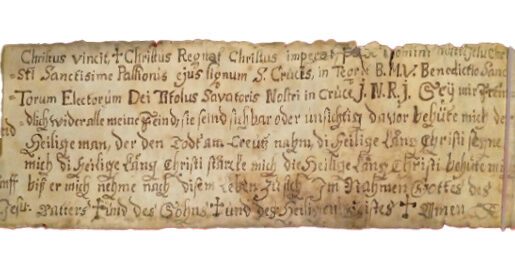
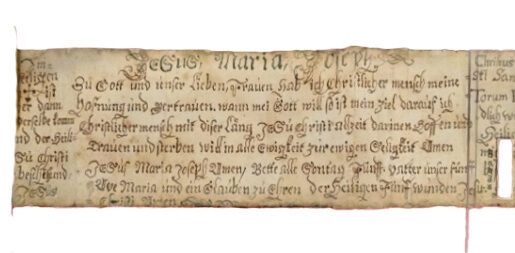
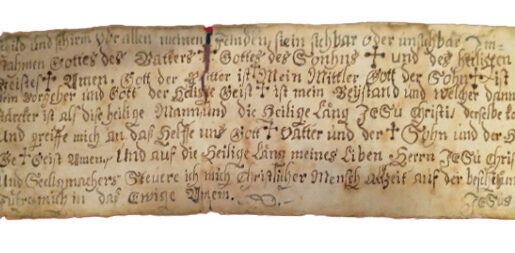
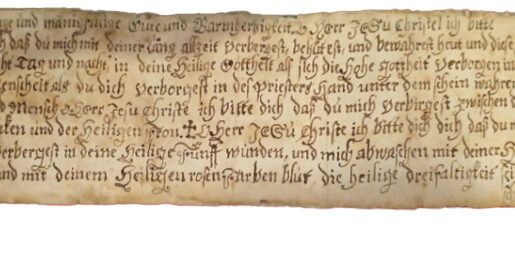
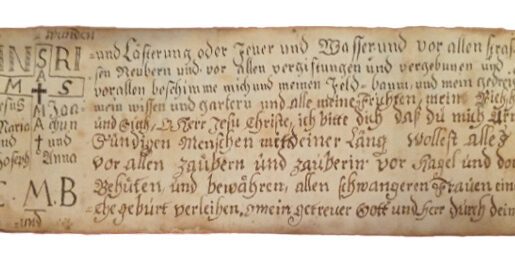
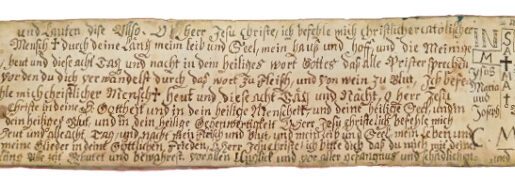
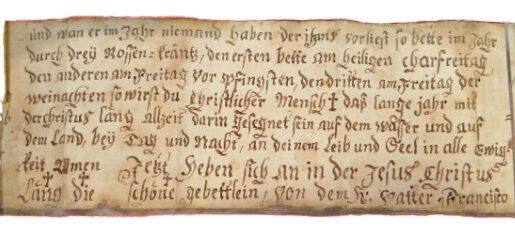
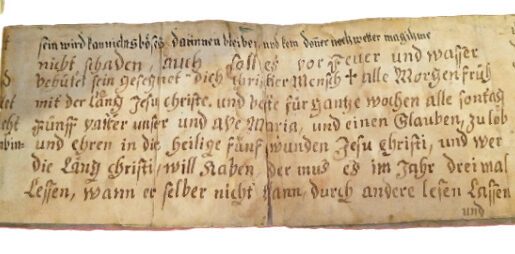
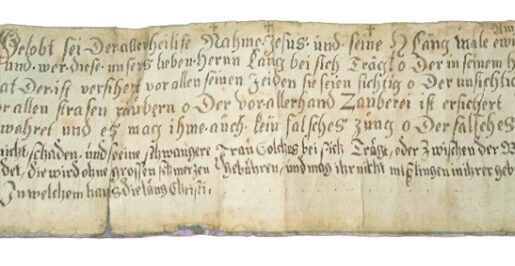
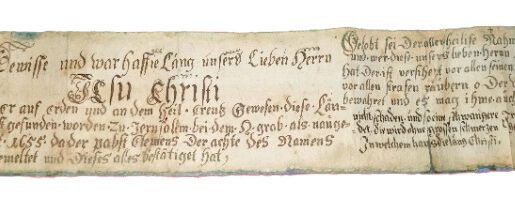
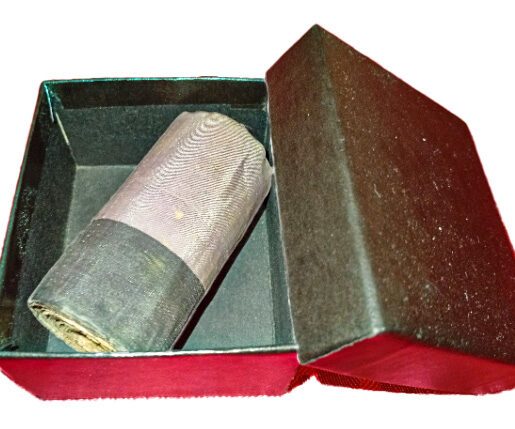
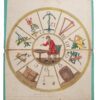
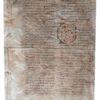
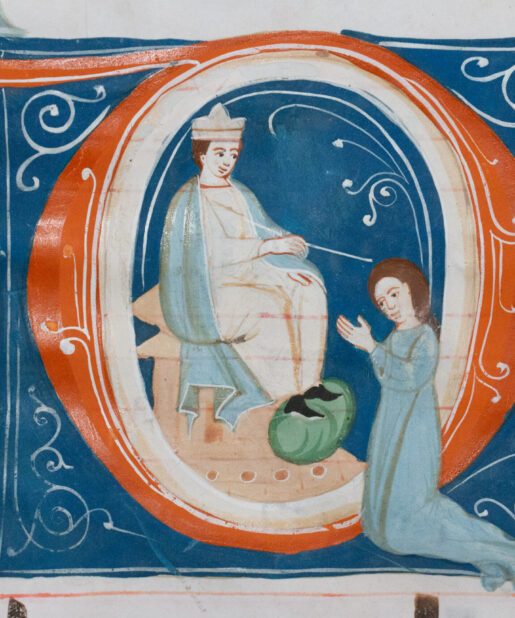
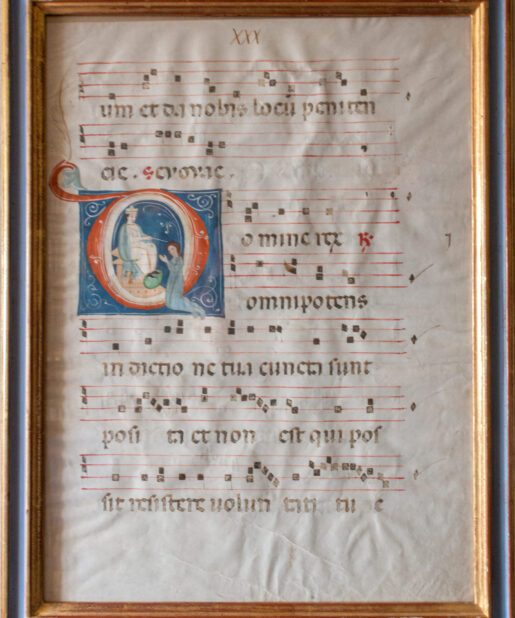
![Commentary on Aristotle, Categoriae, and the same authors translation of Perihermenias BOETHIUS [MS] C.13th Commentary on Aristotle, Categoriae, and the same authors translation of Perihermenias BOETHIUS [MS] C.13th](https://butlerrarebooks.co.uk/wp-content/uploads/2013/08/IMG_8383-515x618.jpg)
![Commentary on Aristotle, Categoriae, and the same authors translation of Perihermenias BOETHIUS [MS] C.13th Commentary on Aristotle, Categoriae, and the same authors translation of Perihermenias BOETHIUS [MS] C.13th](https://butlerrarebooks.co.uk/wp-content/uploads/2013/08/IMG_8379-515x618.jpg)
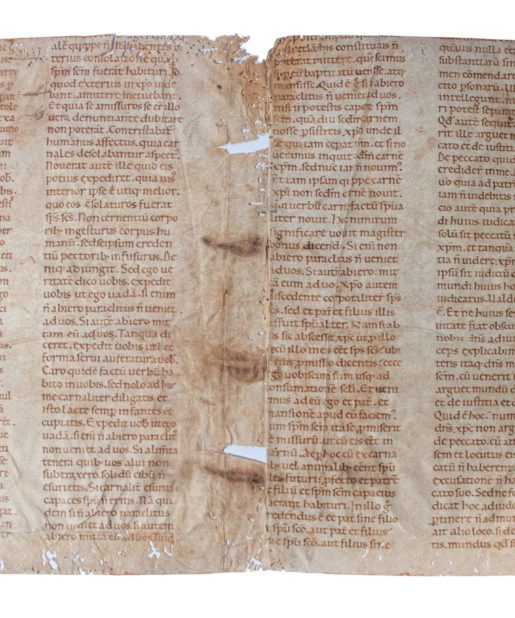
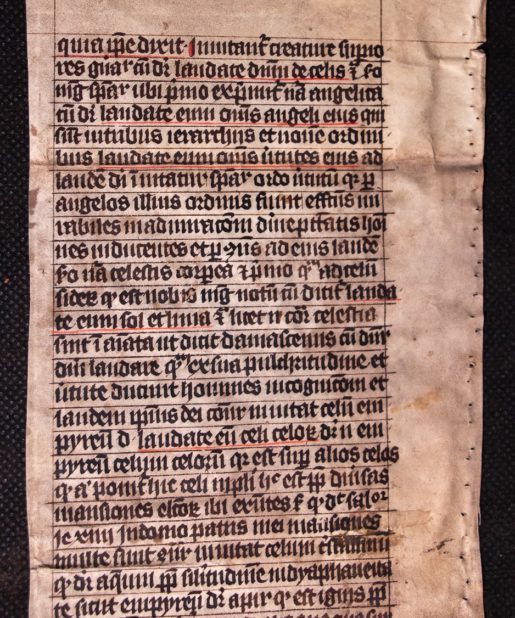
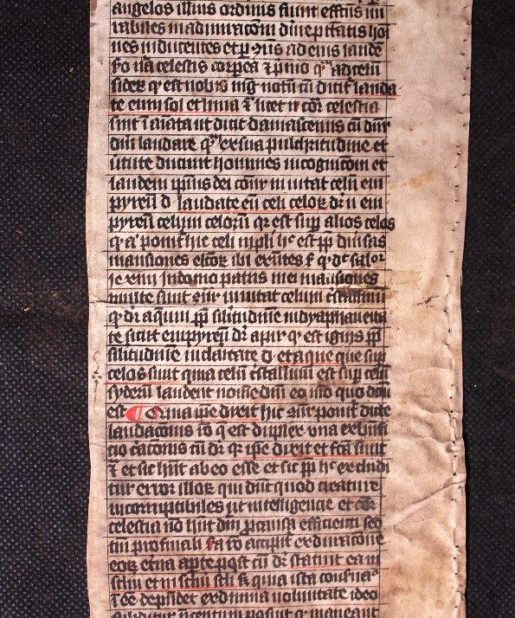
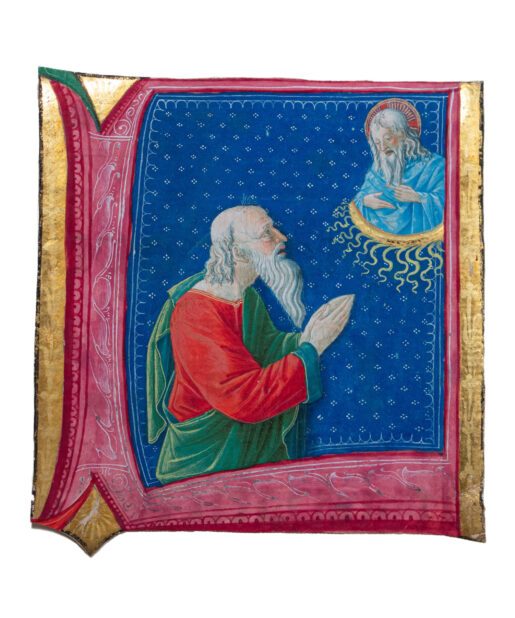
![St Paul, in an initial on a leaf from a vast Gradual, in Latin [Northern Italy (Lombardy, perhaps Milan), late 15th century (c.1480–90)] St Paul, in an initial on a leaf from a vast Gradual, in Latin [Northern Italy (Lombardy, perhaps Milan), late 15th century (c.1480–90)]](https://butlerrarebooks.co.uk/wp-content/uploads/2022/07/IMG_2119-scaled-515x618.jpg)
![St Paul, in an initial on a leaf from a vast Gradual, in Latin [Northern Italy (Lombardy, perhaps Milan), late 15th century (c.1480–90)] St Paul, in an initial on a leaf from a vast Gradual, in Latin [Northern Italy (Lombardy, perhaps Milan), late 15th century (c.1480–90)]](https://butlerrarebooks.co.uk/wp-content/uploads/2022/07/IMG_2118-scaled-515x618.jpg)
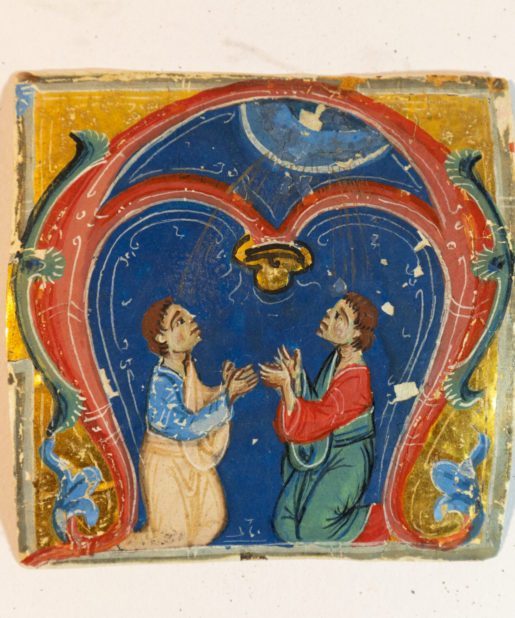
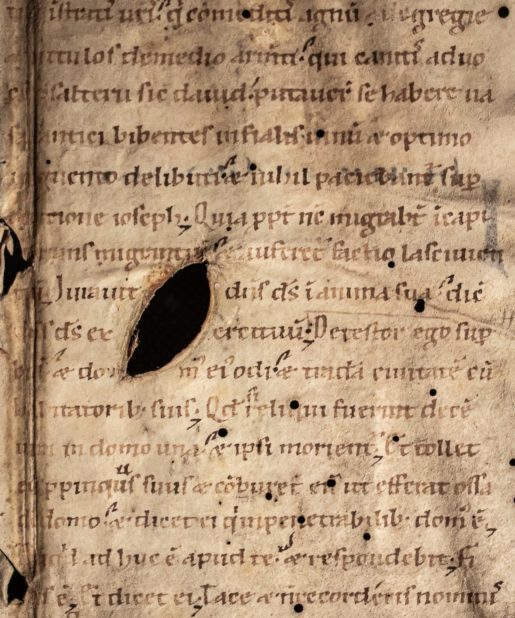
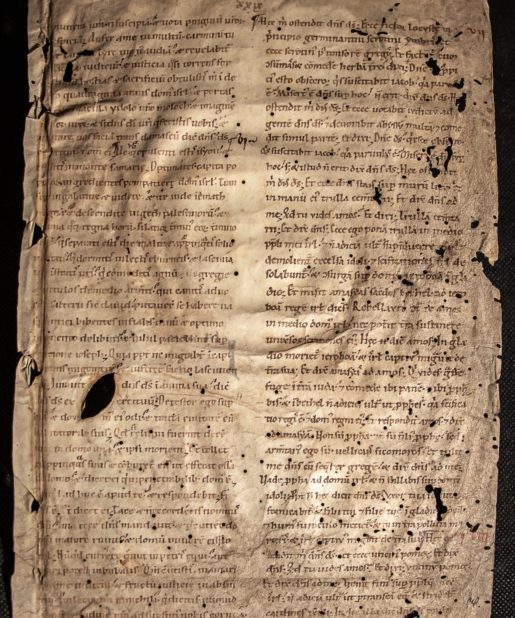
Reviews
There are no reviews yet.